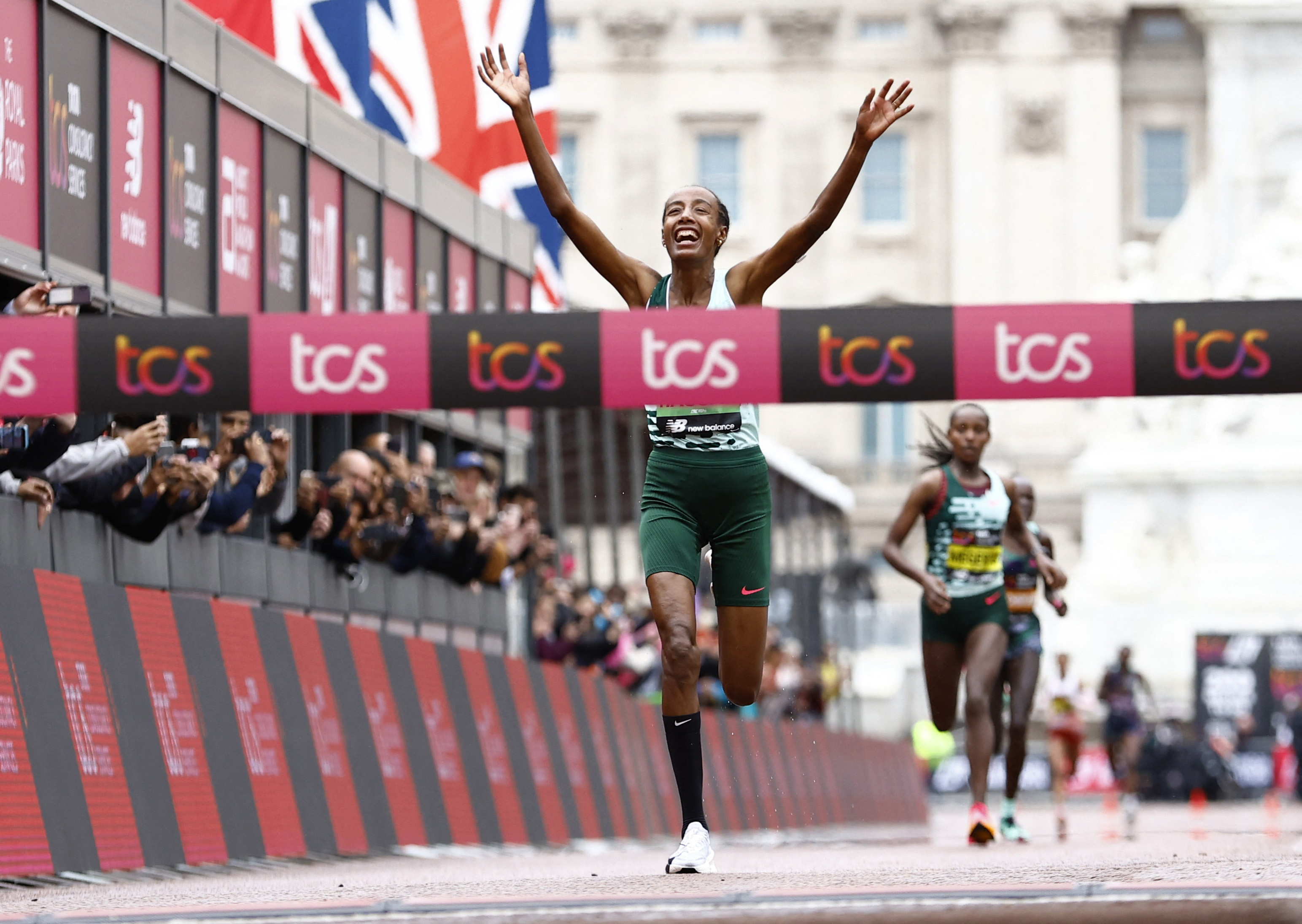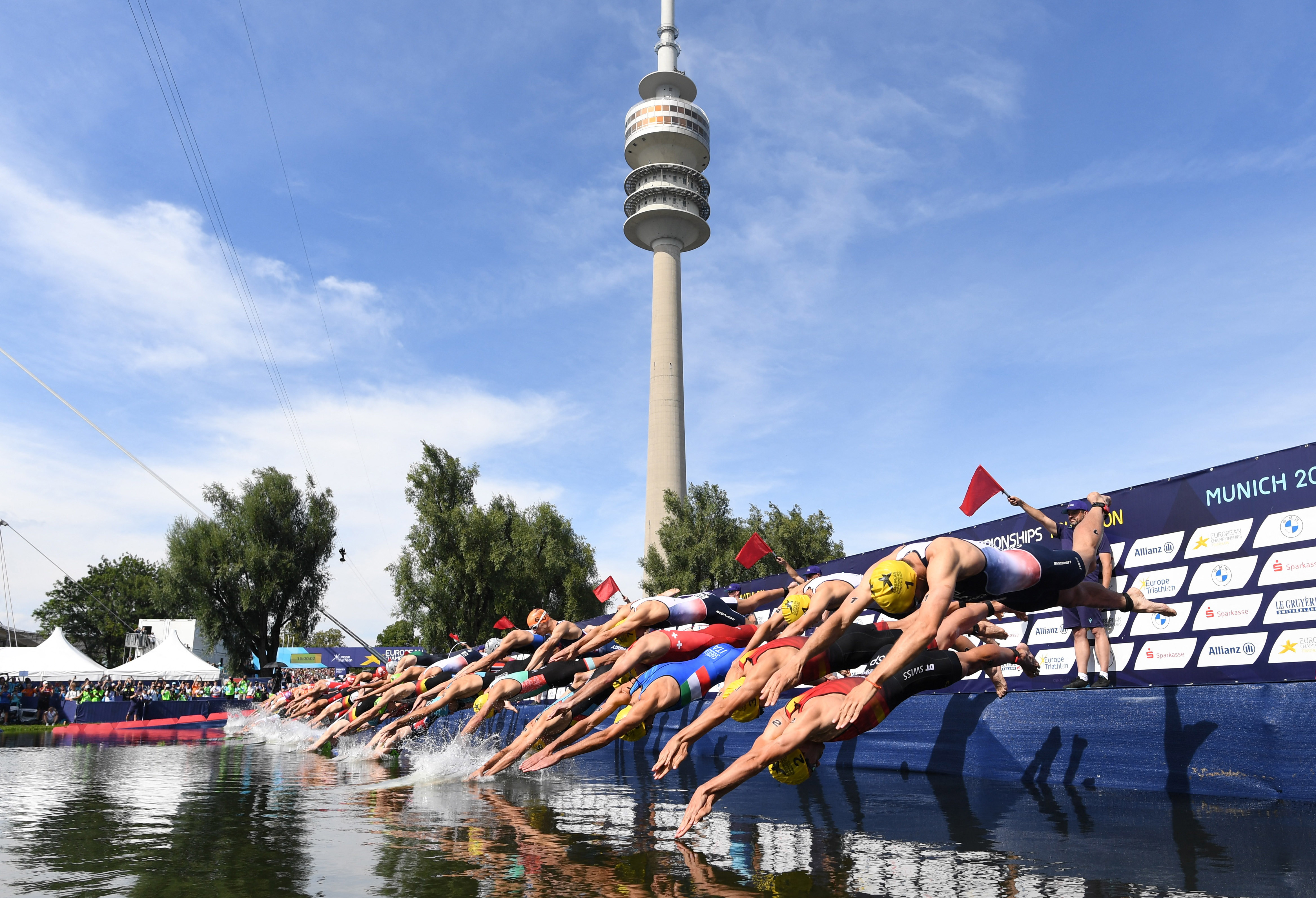You are viewing 1 of your 1 free articles
Case report: Klay Thompson’s injury journey

Over his first eight seasons, NBA sharpshooter Klay Thompson never missed more than nine games in an 82-game regular season. He also had a remarkable postseason record, playing 123 out of 124 games for Golden State Warriors. However, eight days after missing his first-ever playoff game, Thompson tore his ACL during the 2019 NBA Finals in June and did not begin his ninth season until two and a half years later due to subsequent injuries. The origins of musculoskeletal injuries are multifactorial, so it would be erroneous to state that a single variable was the definitive cause of a particular injury. However, there is sound reasoning to believe that the mild injury which sidelined Klay for his first postseason game functioned as the catalyst precipitating this prolonged absence from competition.
Injury origins
Ten days before tearing his ACL in Game six of the 2019 NBA Finals, Klay Thompson landed awkwardly in a side split position after a jump shot during Game two, which prompted him to grab his left hamstring in discomfort. Within a couple of minutes, he exited the game with reportedly a mild hamstring strain. After missing Game three, he returned to the next three games and played at an elite level. However, in Game six, an opponent fouled him mid-air, and he tore his ACL during the subsequent landing. Klay landed with a stiff single-leg, with a nearly extended left knee and hip joint (see figure 1). Upon landing, Klay’s left foot was directed at approximately a 90° angle away from his momentum line (see figure 2). Furthermore, he landed in dynamic knee valgus with an internally rotated left hip, increasing the risk of ACL injury(1).Figure 1: Klay Thompson lands from his dunk attempt during Game 6 of the 2019 NBA Finals (screenshots from the broadcast)

Figure 2: Diagram of Klay Thompson’s landing

Blackline begins at the takeoff position and indicates Klay’s line of momentum. The red dot indicates the left foot’s position of initial ground contact. The white line indicates the direction of the left foot upon landing.
Putting the pieces together: what happens next?
The hamstrings are synergistic to the ACL as they generate posterior shear forces at the tibiofemoral joint. This restricts the anterior translation of the tibia relative to the femur(2,3,4). Therefore, if hamstring function is impaired, the ACL may receive less assistance and experience greater stress during dynamic movements such as rapid change of direction or a jump landing. Individuals with low hamstring strength tend to sustain more significant ACL loading when landing from a jump or performing a side-step cut(5,6). Furthermore, athletes with low hamstring strength are at greater risk of ACL rupture throughout a competitive season(7).Ten days after a hamstring strain injury occurs, the force production capacity of the injured muscle remains impaired, and this weakness is likely further exacerbated by the fatigue accumulated throughout the 32 minutes leading up to Klay’s ACL tear(8). Furthermore, the quadriceps, whose contraction generates anterior shear force, is less susceptible to muscle damage-induced decrements in force production than the hamstrings(4,9-13). Consequently, the hamstring to quadriceps strength ratio can decrease throughout a game. This results in more significant ACL loading during jump landings as the hamstrings become fatigued and anterior tibial translation increases. The resulting alterations to landing mechanics, such as reduced peak angle of knee flexion upon ground contact, increases vertical ground reaction forces, ACL loading, and the risk of ACL injury(14-19).
Indirect effects on the hip
In addition to the synergist function with the ACL, the biarticular hamstrings function as a synergist to the gluteus maximus to extend the hip. Therefore, diminished hamstring function may impose greater demands on the gluteal muscle group. Hamstring impairment prompts a compensatory increase in gluteus maximus involvement to perform hip extension(20-22). As with any other muscle, requiring the gluteus maximus to perform more work while running, jumping, and cutting throughout a basketball game would cause it to fatigue more rapidly. Over time a muscle can adapt to a higher workload and become less susceptible to fatigue; however, such an adaptation requires a longer duration than the few days separating Game four and Game six of the 2019 Finals. This has important implications for ACL injury risk because the gluteus maximus is the human body’s largest, most powerful hip external rotator muscle(23,24).If Klay’s gluteus maximus was fatigued from compensating for hamstring weakness induced by the hamstring injury, this might impair his ability to resist hip internal rotation. Hip external rotation strength is negatively correlated with the magnitude of knee valgus during a single-leg landing when the gluteus maximus is fatigued. In addition, greater hip internal rotation occurs when landing after performing a series of squats and jumps(25,26). Furthermore, hip external rotator weakness elevates the risk of general injury and ACL rupture(27–29).
Notably, Thompson did not sustain the typical running-induced hamstring injury but instead incurred a split-induced injury where hamstring damage frequently involves damage to the quadratus femoris, one of the short hip external rotator muscles(30). The quadratus femoris has greater leverage than any other muscle in the human body for producing hip external rotation torque in the extended hip position exhibited during the initial ground contact, which preceded Thompson’s ACL rupture(24).
Figure 4: Hip external rotation muscles

An injured quadratus femoris would impair an athlete’s ability to resist excessive hip internal rotation when landing from a jump. There are no details available to the public about which specific muscle or muscles Klay injured after landing in a split position, so one cannot definitively assert that the quadratus femoris was involved. However, researchers at the Swedish School of Sport and Health Sciences in Stockholm, Sweden, demonstrated that quadratus femoris damage occurred in 87% of split-induced hamstring strain injuries(30). Therefore, it is reasonable to speculate that this may have occurred with Thompson’s split-induced injury and contributed to the meaningful degree of hip internal rotation when his ACL ruptured.
Conclusion
In summary, Klay’s hamstring strain injury in Game two of the 2019 NBA finals may have contributed to his ACL rupture in Game six through two primary mechanisms. The first arises from an impaired ability of his hamstrings to assist the ACL while landing. The second arises from an impaired capacity to resist hip internal rotation when landing, resulting from increased gluteus maximus fatigue as it compensates for impaired hamstring function and possibly from a damaged quadratus femoris. Practitioners should account for an injury’s direct and indirect effects on the rest of an athlete’s kinetic chain. Just as an unassuming spark can grow into a blaze, a mild hamstring strain injury can predispose an athlete to a career-altering ACL tear.References
- Am. J. Sports Med. 33, 492 (2005).
- Scand. J. Med. Sci. Sports 30, 1664 (2020).
- JBJS 62, 259 (1980).
- Am. J. Sports Med. 32, 477 (2004).
- Clin. Biomech. 29, 752 (2014).
- Med. Sci. Sports Exerc. 45, 497 (2013).
- Clin. J. Sport Med. 19, 3 (2009).
- Br. J. Sports Med. 40, 40 (2006).
- Eur. J. Appl. Physiol. 111, 211 (2011).
- Scand. J. Med. Sci. Sports 29, 725 (2019).
- J. Orthop. Sports Phys. Ther. 16, 208 (1992).
- Isokinet. Exerc. Sci. 3, 68 (1993).
- Int. J. Sports Med. 28, 952 (2007).
- Knee Surg. Sports Traumatol. Arthrosc. 15, 525 (2007).
- J. Appl. Biomech. 31, 211 (2015).
- J. Biomech. 44, 1845 (2011).
- Am. J. Sports Med. 45, 386 (2017).
- Am. J. Sports Med. 39, 1714 (2011).
- Knee Surg. Sports Traumatol. Arthrosc. 21, 888 (2013).
- Gait Posture 25, 360 (2007).
- I. Jonkers, C. Stewart, and A. Spaepen, Gait Posture 17, 264 (2003).
- J. Biomech. 37, 425 (2004).
- J. Biomech. 47, 631 (2014).
- J. Orthop. Sports Phys. Ther. 40, 82 (2010).
- J. Strength Cond. Res. 28, 2429 (2014).
- Clin. Biomech. Bristol Avon 23, 81 (2008).
- Am. J. Sports Med. 44, (2016).
- Med. Sci. Sports Exerc. 36, 926 (2004).
- J. Athl. Train. 50, 1103 (2015).
- Am. J. Sports Med. 35, 1716 (2007).
Related Files
Newsletter Sign Up
Subscriber Testimonials
Dr. Alexandra Fandetti-Robin, Back & Body Chiropractic
Elspeth Cowell MSCh DpodM SRCh HCPC reg
William Hunter, Nuffield Health
Newsletter Sign Up
Coaches Testimonials
Dr. Alexandra Fandetti-Robin, Back & Body Chiropractic
Elspeth Cowell MSCh DpodM SRCh HCPC reg
William Hunter, Nuffield Health
Be at the leading edge of sports injury management
Our international team of qualified experts (see above) spend hours poring over scores of technical journals and medical papers that even the most interested professionals don't have time to read.
For 17 years, we've helped hard-working physiotherapists and sports professionals like you, overwhelmed by the vast amount of new research, bring science to their treatment. Sports Injury Bulletin is the ideal resource for practitioners too busy to cull through all the monthly journals to find meaningful and applicable studies.
*includes 3 coaching manuals
Get Inspired
All the latest techniques and approaches
Sports Injury Bulletin brings together a worldwide panel of experts – including physiotherapists, doctors, researchers and sports scientists. Together we deliver everything you need to help your clients avoid – or recover as quickly as possible from – injuries.
We strip away the scientific jargon and deliver you easy-to-follow training exercises, nutrition tips, psychological strategies and recovery programmes and exercises in plain English.









